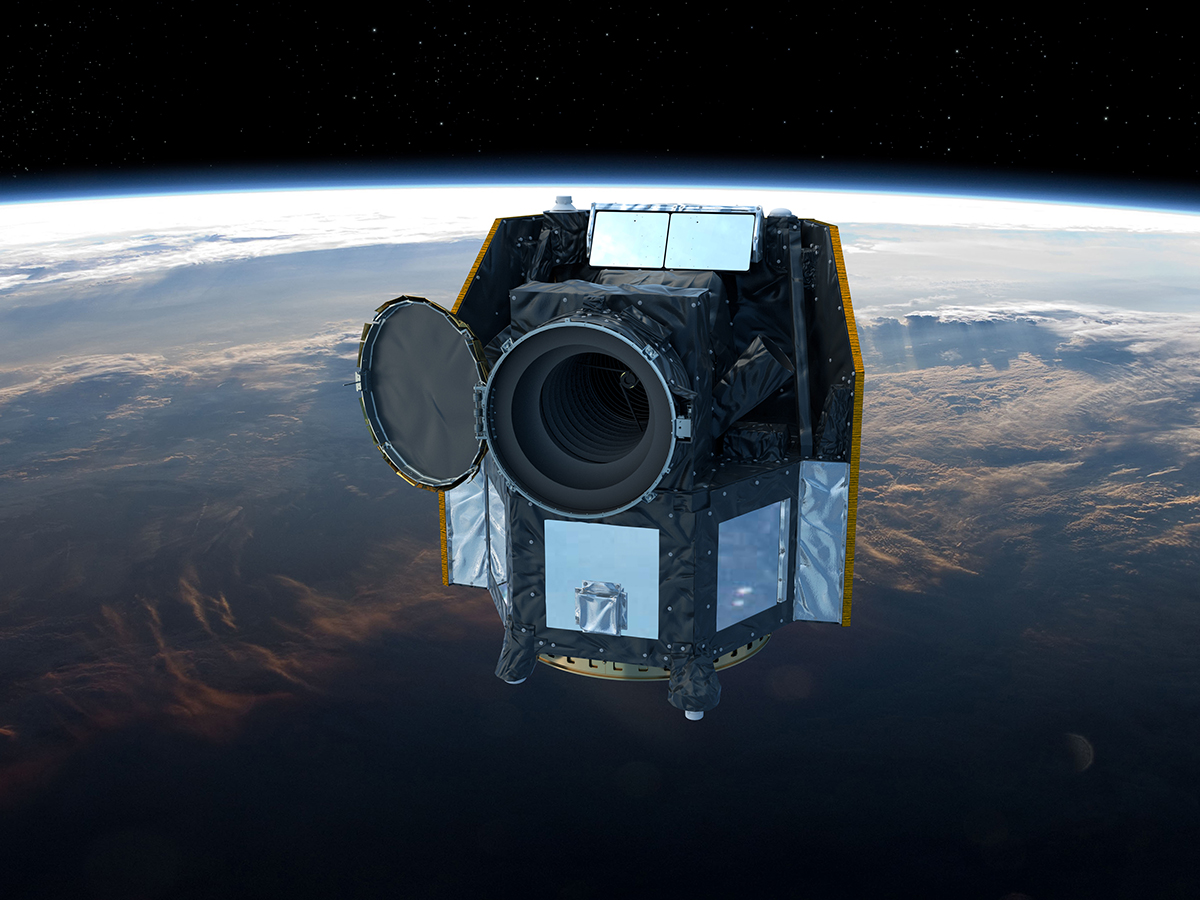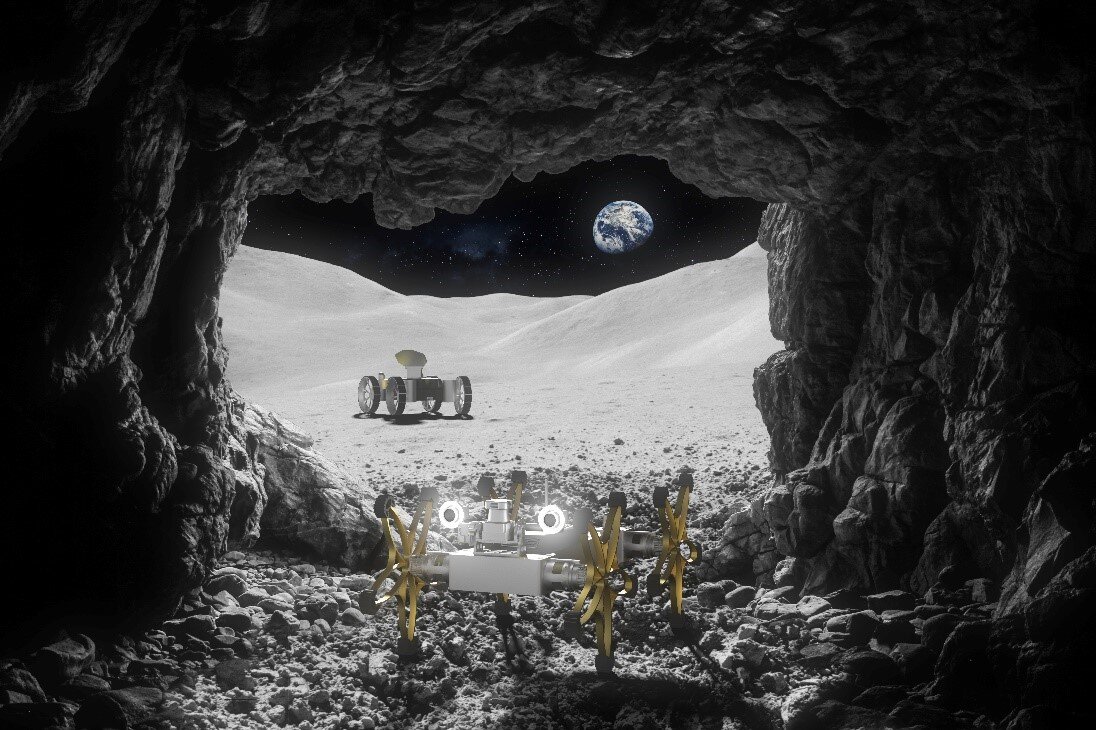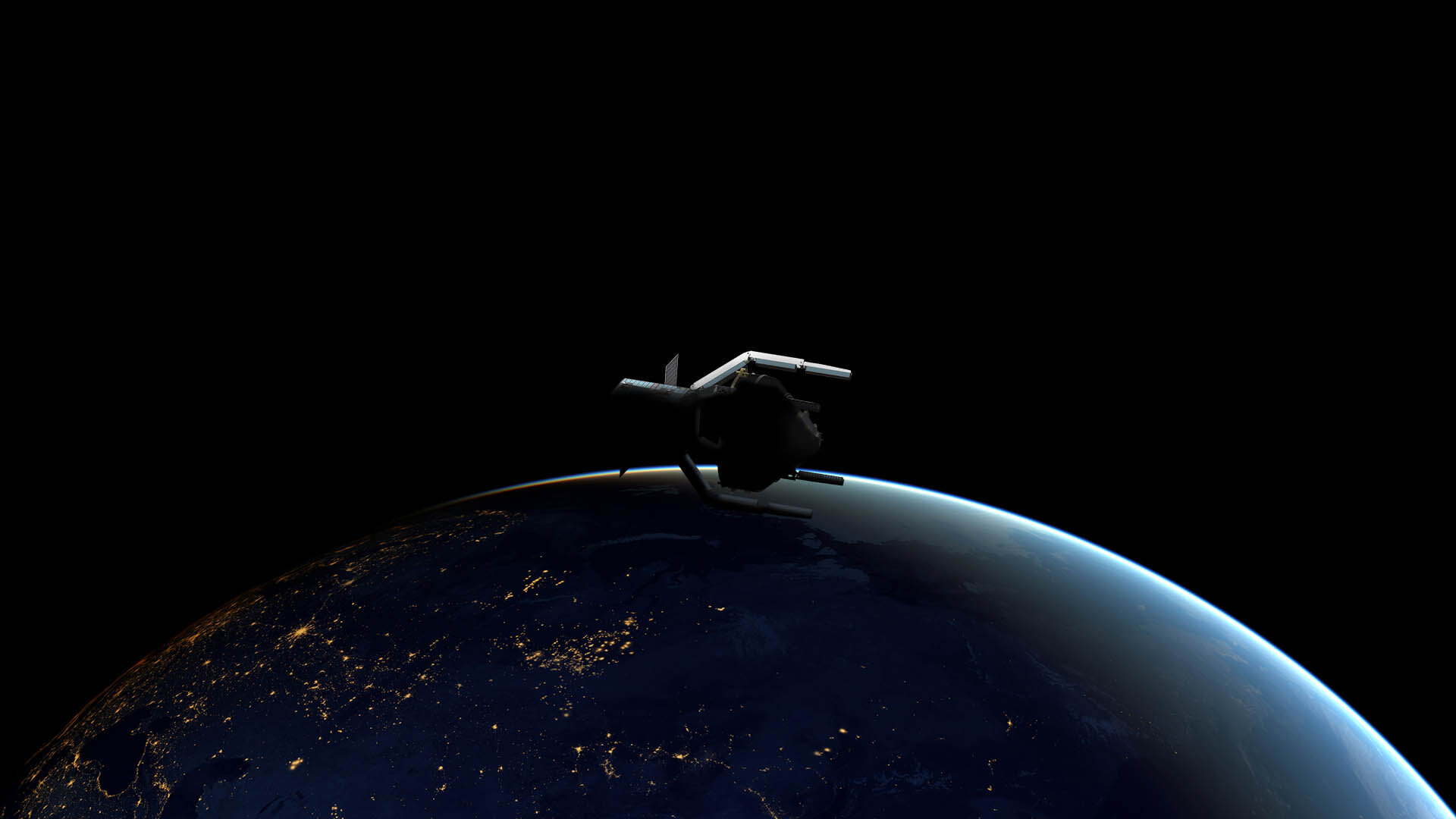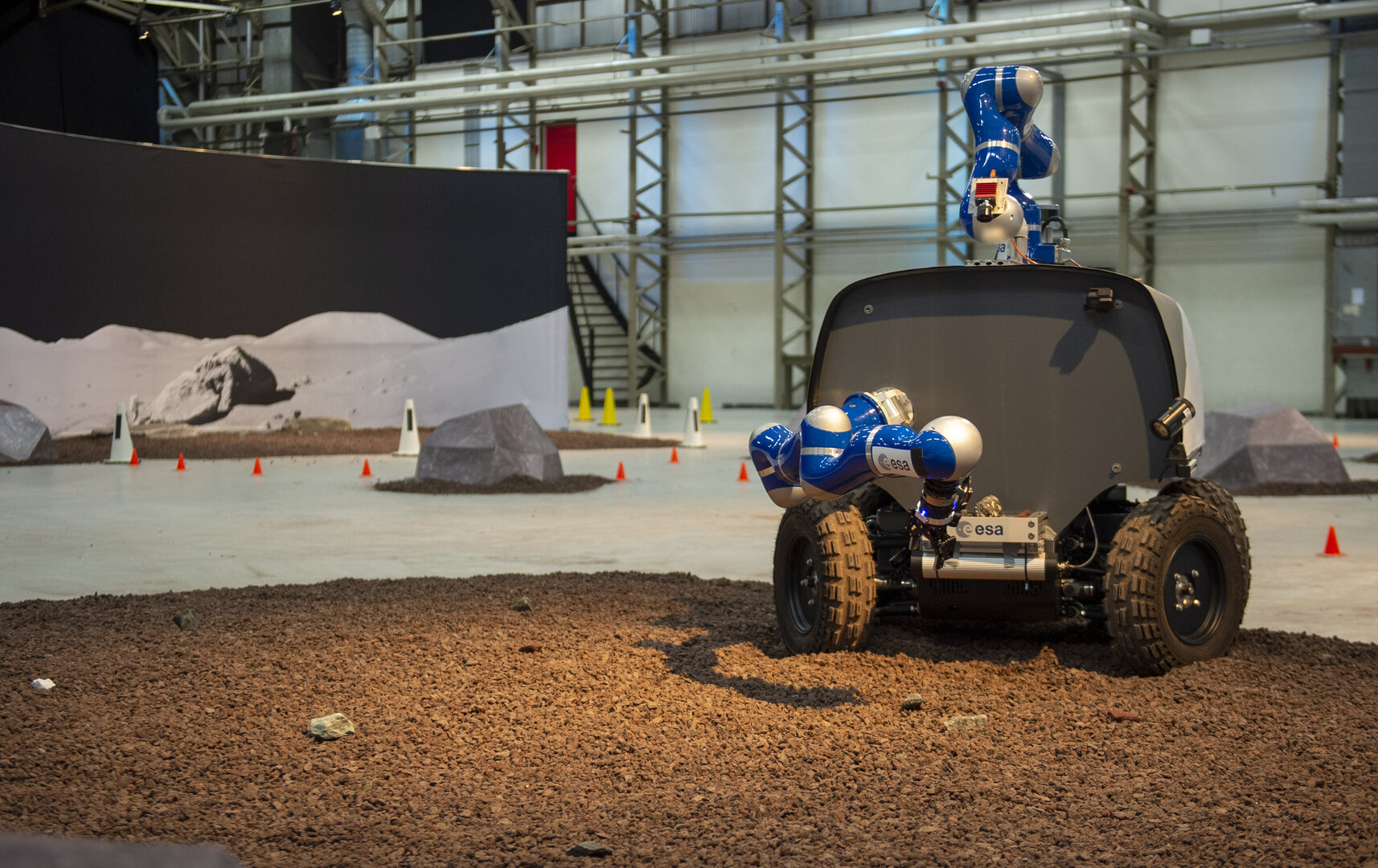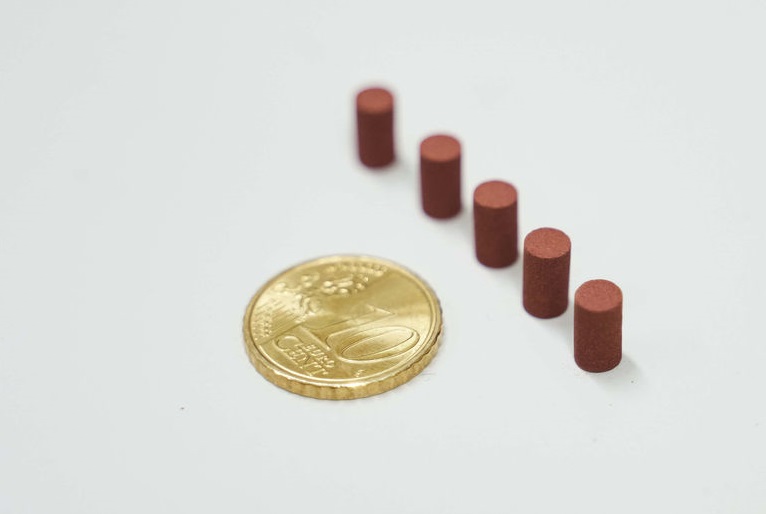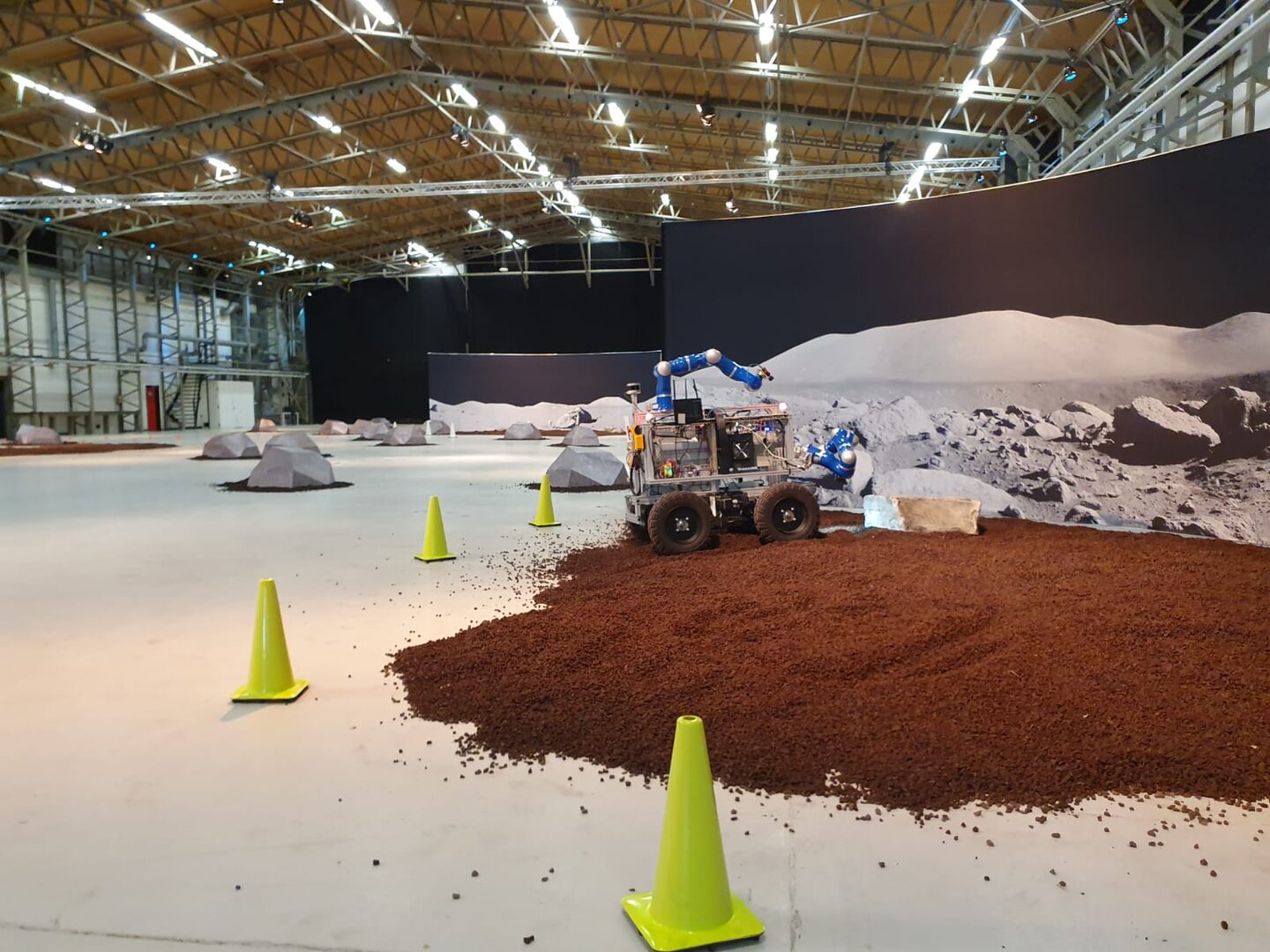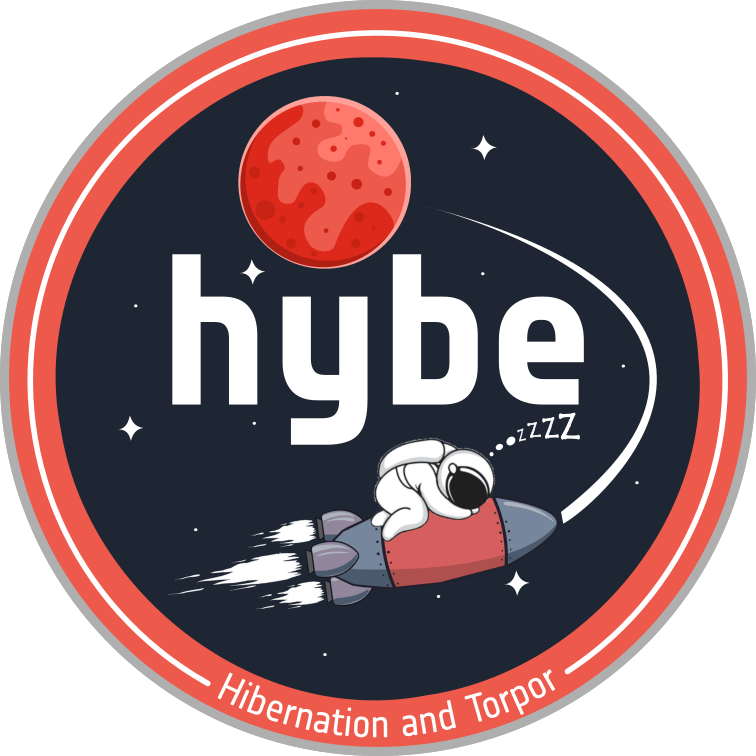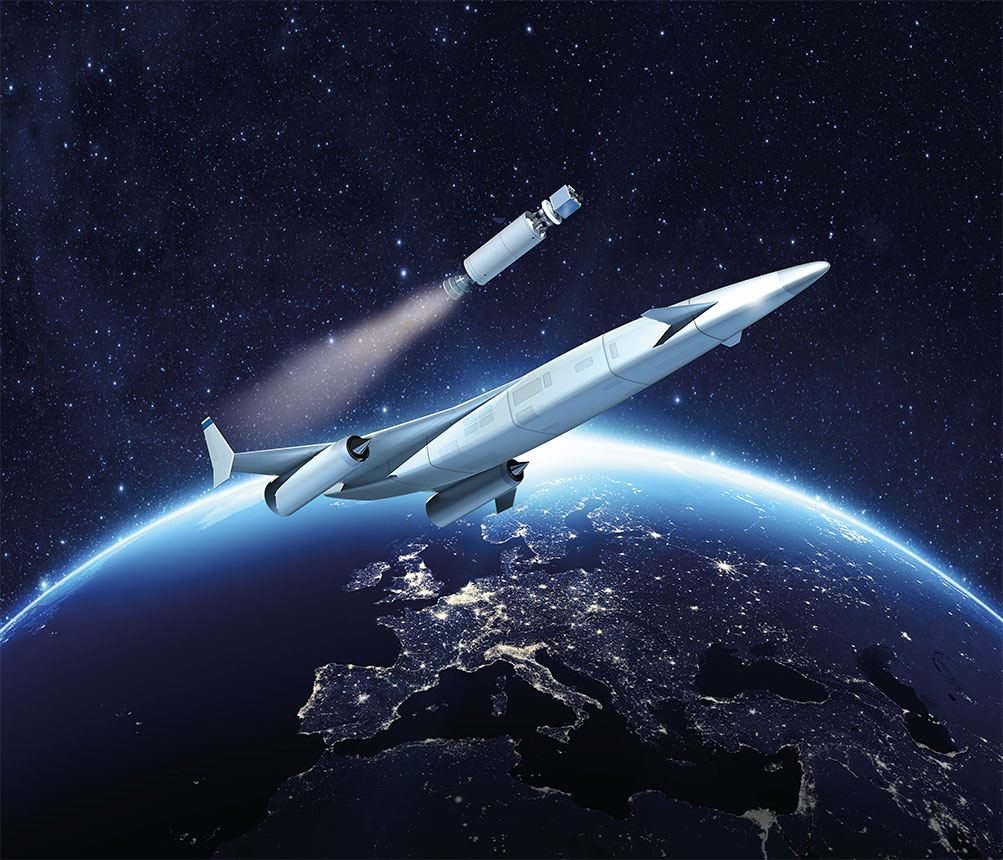The CHEOPS (CHaracterising ExOPlanets Satellite) spacecraft just opened the cover on its telescope. The spacecraft was launched on December 18th 2019 and has so far performed flawlessly. In one or two weeks we could get our first images from the instrument.
Continue reading “CHEOPS Just Opened Its Eyes to Start Studying Known Exoplanets, We Should See the First Picture in a Few Weeks”It Looks Like James Webb’s Launch Date is Going to Slip to July 2021

Put “James Webb Telescope launch” into your search engine and you’ll be flooded with links, some reaching back to the ‘scope’s first proposed launch date in 2010. The delayed launch of the space telescope is a running theme in the space community, even though we all know it’s going to be worth the wait. So nobody will be surprised by this latest development in the story of the world’s most anticipated telescope.
Continue reading “It Looks Like James Webb’s Launch Date is Going to Slip to July 2021”ESA is Going to Test Two Rovers Working Together to Explore the Moon
The ESA has spent the past few years working towards the creation of an international lunar base, something that will serve as a spiritual successor to the International Space Station (ISS). To accomplish this, they have enlisted the help of other space agencies and contractors to develop concepts for space habitats and construction methods as well as ways to provide robotic and logistical support.
Recently, the ESA’s Technology Development Element (TDE) signed on with the French technology developer COMEX to create the TRAILER robotic system. This two-year project will test a new mission architecture where two rovers work in tandem (and with the help of astronauts) for the sake of exploring the lunar surface and building a permanent outpost on the Moon.
Continue reading “ESA is Going to Test Two Rovers Working Together to Explore the Moon”ESA’s CHEOPS Just Launched. We’re About to Learn a LOT More About Exoplanets
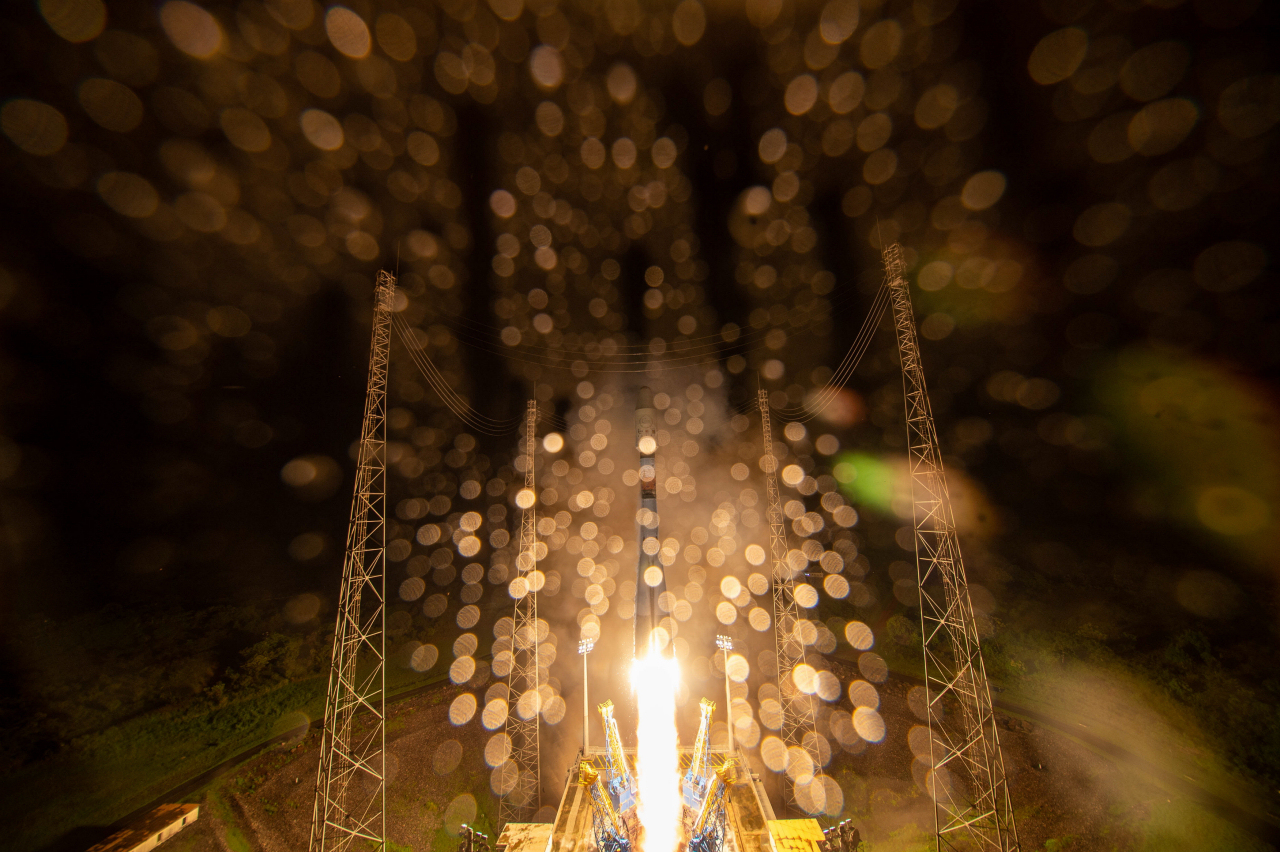
The CHEOPS mission is underway. On December 18th, the exoplanet-studying spacecraft launched from Europe’s Spaceport in Kourou, French Guiana aboard a Soyuz-Fregat rocket. Initial signals from CHEOPS show that the launch was a success.
Continue reading “ESA’s CHEOPS Just Launched. We’re About to Learn a LOT More About Exoplanets”An Upcoming ESA Mission is Going to Remove one Piece of Space Junk From Orbit
While working at the NASA Johnson Space Center during the 1970s, astrophysicist Donald Kessler predicted that collisions between space debris would become increasingly common as the density of space debris increases in orbit around the Earth – creating a cascading effect. Since 2005, the amount of debris in orbit has followed an exponential growth curve, confirming Kessler’s prediction.
Given that the problem is only going to get worse in the coming years, there is a growing demand for technologies that can remove space debris. Following a competitive process, the ESA recently contracted the Swiss startup ClearSpace Today to create the world’s first debris-removing space mission. This mission, known as ClearSpace-1, is expected to launch by 2025 and will help pave the way for more debris removal missions.
Continue reading “An Upcoming ESA Mission is Going to Remove one Piece of Space Junk From Orbit”Luca Parmitano Takes the Wheel and Test Drives a Rover From Space.
Back in November, ESA astronaut Luca Parmitano made history by taking command of a rover from the International Space Station (ISS). As part of the Analog-1 experiments, this feat was made possible thanks to a “space internet” command infrastructure and a force-feedback control setup. This allowed Parmitano to remotely operate a rover 10,000 km (6,200 mi) away while orbiting Earth at a speed of 8 km/s (28,800 km/h; 17,900 mph).
Continue reading “Luca Parmitano Takes the Wheel and Test Drives a Rover From Space.”Using Bacteria to Build a Base on Mars
When it comes to plans for future missions to space, one of the most important aspects will be the use of local resources and autonomous robots. This process is known as In-Situ Resource Utilization (ISRU), which reduces the amount of equipment and resources that need to be sent ahead or brought along by a mission crew. Meanwhile, autonomous robots can be sent ahead of a crew and have everything prepared for them in advance.
But what about bacteria that can draw iron from extraterrestrial soil, which would then be used to 3D print metal components for a base? That is the idea that is being proposed by PhD candidate Benjamin Lehner of the Delft University of Technology. On Friday (Nov. 22nd), he defended his thesis, which calls for the deployment of an uncrewed mission to Mars that will convert regolith into useable metal using a bacteria-filled bioreactor.
Continue reading “Using Bacteria to Build a Base on Mars”ESA Astronaut Luca Parmitano will be Controlling a Rover From Space
Update: The Analog-1 experiment was a complete success! Astronaut Parmitano completed all the requirements within the specified time frame (one hour). This test is the first step in validating the teleoperation technology.
NASA has been rather up-front about its desire to send astronauts back to the Moon and on to Mars in the coming years. They are joined by multiple space agencies (such as the ESA, Roscosmos, the CNSA and the IRSO) who also wish to conduct their first crewed missions beyond Earth. However, what is often overlooked is the role teleoperated missions will play in the near-future – where humans and robots explore hand-in-hand.
For example, the ESA has embarked upon a series of experiments collectively named Analog-1, where astronauts control robots from space. Yesterday (Nov. 18th), ESA astronaut Luca Parmitano took control of a robot in the Netherlands from the ISS. This experiment and others like it will help prepare astronauts for future missions that will involve the exploration of hazardous or inaccessible off-world environments.
Continue reading “ESA Astronaut Luca Parmitano will be Controlling a Rover From Space”If Astronauts Hibernated on Long Journeys, They’d Need Smaller Spacecraft
There’s a disturbing lack of hibernation in our space-faring plans. In movies and books, astronauts pop in and out of hibernation—or stasis, or cryogenic sleep, or suspended animation, or something like it—on a regular basis. If we ever figure out some kind of hibernation, can we take advantage of it to get by with smaller spacecraft?
The European Space Agency (ESA) is working to answer that question.
Continue reading “If Astronauts Hibernated on Long Journeys, They’d Need Smaller Spacecraft”Skylon’s SABRE Engine Passes a Big Test
The UK aerospace company Reaction Engine Limited was founded in 1989 for the express purpose of creating engines that would lead to spaceplanes capable of horizontal take-off and landing (HOTOL). With support from the ESA, these efforts have resulted in the Synergetic Air-Breathing Rocket Engine (SABRE). Once complete, this system will combine elements of jet and rocket propulsion to achieve hypersonic speeds (Mach 5 to Mach 25).
Recently, Reaction Engines passed a major milestone with the development of their SABRE engine. As the company announced earlier this week (on Tues. Oct. 22nd), their engineers conducted a successful test of a vital component – the engine’s heat exchange element (aka. precooler). What’s more, the test involved airflow temperatures equivalent to speeds of Mach 5, which is in the hypersonic range.
Continue reading “Skylon’s SABRE Engine Passes a Big Test”
